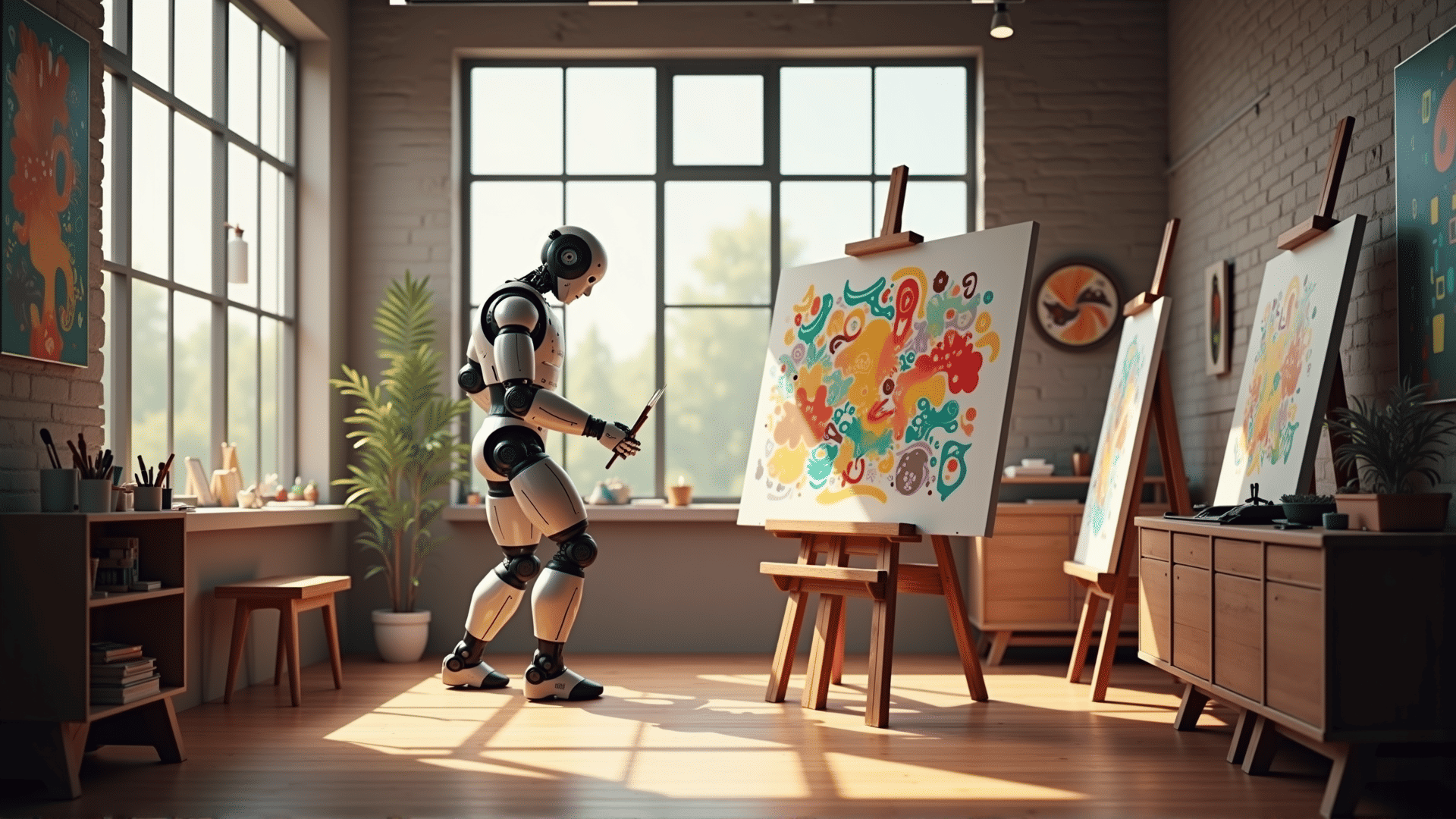In recent years, generative AI has emerged as a transformative technology with the potential to revolutionize a wide array of industries by fostering creativity and innovation. By harnessing the power of deep learning algorithms and neural networks, generative AI enables machines to produce original content—from text and images to music and designs—that can inspire and enhance human creativity. This capability has opened new avenues for development across various sectors, showcasing the versatility of AI in driving forward-thinking solutions.
In the realm of art and design, generative AI is breaking new ground by enabling artists and designers to explore unprecedented creative avenues. Algorithms trained on vast datasets of existing art styles can generate new artworks that blend traditional techniques with innovative elements, offering artists a collaborative partner in the creative process. Consequently, artists can experiment with novel styles and compositions, expanding the boundaries of their expression.
The music industry is also experiencing a creative renaissance fueled by generative AI. Sophisticated AI models are now capable of composing music that ranges from classical symphonies to pop hits. Artists and composers can use these tools to overcome creative blocks, explore unconventional melodies, and produce unique soundscapes that enhance their musical storytelling. Furthermore, generative AI can assist in sound design, creating immersive audio experiences for video games and films.
In the field of fashion, generative AI is being utilized to redefine the design process and streamline production. AI-driven design platforms can generate fashion illustrations and predict trends by analyzing vast amounts of data on consumer preferences and market dynamics. This not only accelerates the design cycle but also enables brands to create personalized apparel that resonates with individual customer tastes, thus elevating the consumer shopping experience.
Meanwhile, the architectural and interior design industries are leveraging generative AI to create innovative structural designs and spatial configurations. AI tools can simulate countless design variations for buildings, optimizing aesthetics, functionality, and sustainability. These applications allow architects and designers to push the limits of architectural creativity, experimenting with forms and materials while ensuring cost-efficiency and environmental responsibility.
The impact of generative AI extends beyond creative industries, finding applications in areas such as medicine and pharmaceuticals. In drug discovery, AI models can generate molecular structures with the potential to become viable drug candidates, significantly reducing the time and cost associated with early-stage drug development. Moreover, these technologies can be applied to personalize treatment plans by generating tailored medical solutions that cater to individual patient needs.
In marketing and advertising, generative AI provides tools to craft compelling content and targeted campaigns. By analyzing consumer data, AI can generate advertisements and social media content that resonate with target audiences, enhancing engagement and brand loyalty. This level of personalization allows marketers to craft messages that are not only attention-grabbing but also deeply impactful.
As generative AI continues to evolve, ethical considerations and challenges must be addressed, ensuring that AI-generated content aligns with societal values and norms. Issues of intellectual property, content authenticity, and potential biases in AI outputs require careful consideration to fully harness the benefits of these technologies while mitigating their risks.
Overall, the innovative potential of generative AI is immense, offering unprecedented opportunities for creativity and advancement across multiple domains. By acting as both a tool and a partner in creative processes, generative AI is catalyzing a new era of innovation—one that combines human intuition and imagination with technological prowess to unlock extraordinary possibilities.
